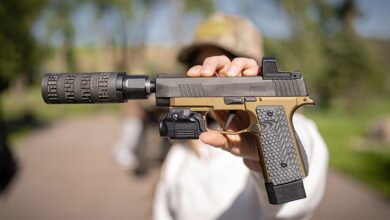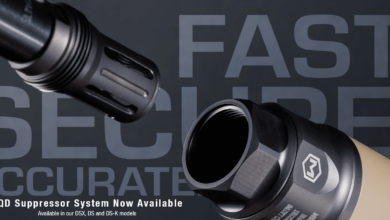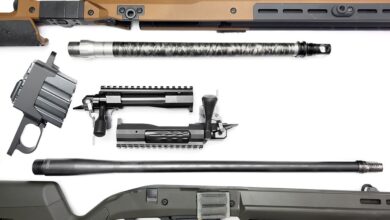Sequel Guns That Were Worse Than Their Originals
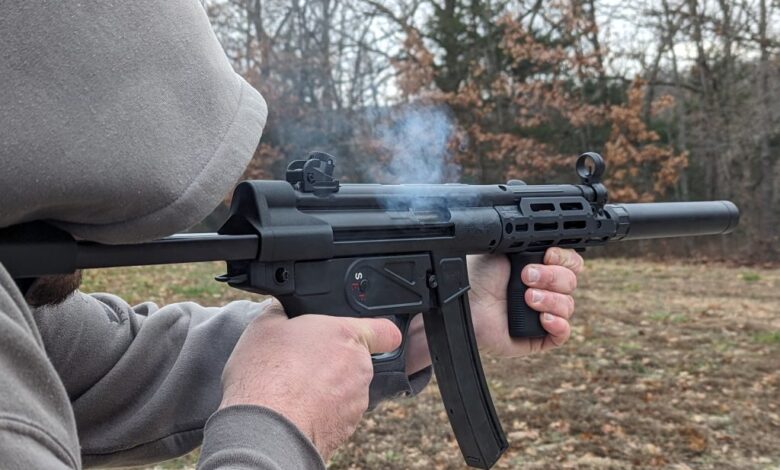
It’s rare when a sequel is better than an original. You can probably list them on one hand. We have Aliens, Terminator 2, Empire Strikes Back, and I’m sure I’m missing one, but that covers the big three. The same isn’t always true in the gun world. The majority of the time, when a company releases a sequel, be it a new generation of weapons or a completely new firearm, it’s an improvement. Most of the time, but not always.
Today, we will look at the sequels of firearms that were arguably worse than the original. This doesn’t mean they were terrible guns all around, but they are arguably worse than the guns they were attempting to replace.
Heckler and Koch UMP
The Universal Machine Pistol, or UMP, was HK’s attempt to replace the MP5. The MP5 had ruled the SMG market since the early 1960s and was the number one submachine gun for elite counterterrorism forces worldwide. It’s the quintessential good-guy gun. The MP5 had its faults. It worked well in 9mm but was a little more challenging to chamber in other calibers. The ergos were a bit of a mess. Adding optics was difficult, and the lack of a last-round bolt hold-open feature was a pain.
The UMP aimed to fix those problems. HK produced the weapon in .45 ACP from the start and allowed the end user to convert the gun to .40 S&W and 9mm if needed. The UMP used a lot of polymer in its construction, which reduced costs. The gun also came optics-ready with a rail and was more modular than the MP5.
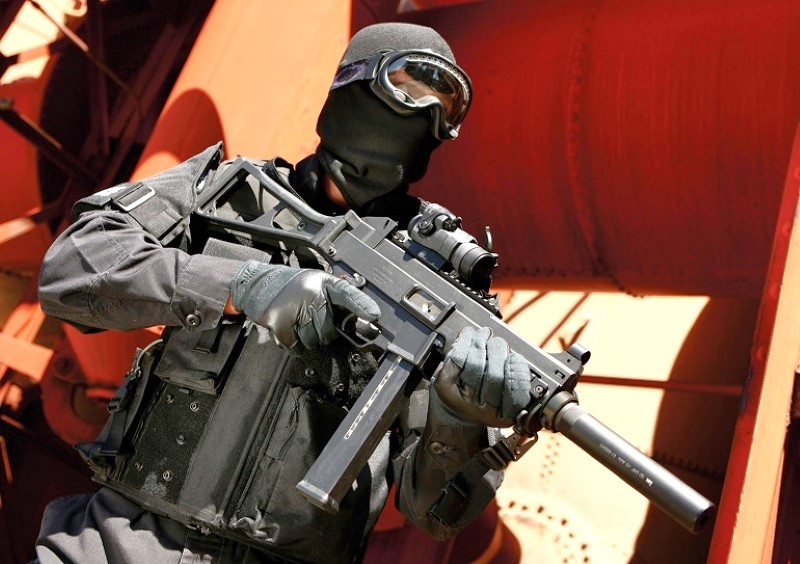
So what was the problem? HK ditched the roller-delayed blowback system for a straight blowback design. One of the big reasons the MP5 is so beloved is its ease of control. That roller-delayed design offered significantly less recoil and made shooting the gun easier. While some military and police forces adopted the UMP, the MP5 continues to outsell it.
Remington R51
Remington bungled the release of the R51 so severely that it should be a case study for gun manufacturers. The gun swung into the modern single-stack 9mm market and promised to offer a sequel to the Model 51, designed by John Pedersen in 1917. The original Model 51 utilized a hesitation-locked system, making it relatively novel and exciting. It chambered .380 and .32 ACP.
The R51 utilized the same hesitation-locked design but moved the caliber to 9mm. It aimed to be an entry into the single-stack 9mm market that dominated the early 2010s. The R51 looked cool but was a mess from the start.
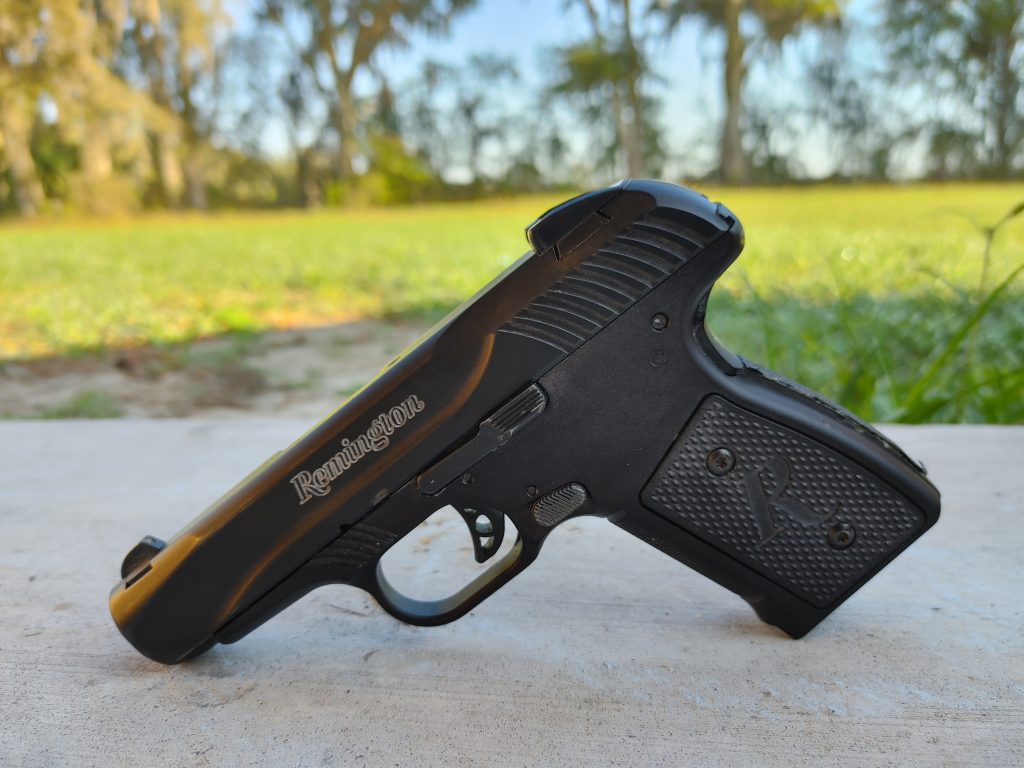
Reliability was a mixed bag. The early guns would fire out of battery, and many shooters reported failures to feed, extract, and eject. The hesitation-locked system was great for .380 ACP and .32 ACP but was not a great choice for the more powerful 9mm round. Remington released a Gen 2 model, but the damage was done, and the gun was quietly discontinued before Remington went bankrupt.
Colt Double Eagle
Colt is an odd company. They have lots of great guns under their banner and lots of crappy ones. The modern era of Colt has been challenging, and people have often said that Colt only makes plain M1911s and AR-15s. That’s true, but at one point, they tried to release a sequel to the M1911 in the form of the Colt Double Eagle.

Colt saw the writing on the wall that the DA/SA action would be the next big thing—at least, it was headed that way in the 1980s. To compete, they took a design they knew was beloved and made it available as a DA/SA option. The Colt Double Eagle was released in 1985 in an abundance of calibers, from .45 ACP to .38 Super. They even released various size options.
Sadly, the 1911 guys weren’t excited about a DA/SA M1911. The gun still used single-stack magazines, which were quickly being replaced in law enforcement roles by double stacks, especially the 9mm guns. Some questionable designs were a problem as well, like springs being retained by the grip panel. Colt ended production of the pistol but still produced the original M1911.
SIG 556 Series
In the days before the AR-15 ruled everything, Sig Sauer attempted to release a series of rifles known as the 556. These semi-auto copies of the famed and long-serving SG-550 rifles that served the Swiss military were one of the first chances American shooters had to acquire 550-type rifles. The 550 series takes the AK idea and westernized it. They are well known for their reliability and accuracy.
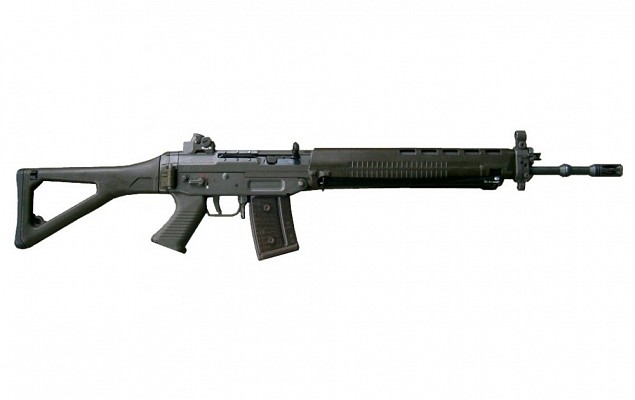
The 556 series attempted to bring a more modern, more American version. They added an optics rail and even railed handguards. The magazines were no longer the 550 series but AR-type magazines and had an AR-type magazine release. Sig Sauer eventually released a more Swiss-correct model, but it was too late.
The SIG 556 rifles, especially the 556R, were a mess. They had significant reliability issues. Some were tied to the gas system, and others were LRBHO failures. Sig Sauer also priced the rifles relatively high, and they didn’t offer the same benefits as the AR-15 but had a higher cost. The company produced several variants but discontinued the series in 2017.
Winchester Model 70 (Post 64)
Winchester isn’t much of a company anymore, but once, they made some of the best American firearms. They had these eras where they dominated the market. They won the West with their lever guns, produced the best pump-action shotguns for decades, and made the “riflemen’s rifle” in the form of the Model 70. This beloved bolt-action rifle served in at least three wars and armed generations of sportsmen.

From 1936 to 1963, it was the rifle to beat. In 1964, Winchester decided they needed to compete with guns like the Remington 700 and lower the cost of manufacturing. The post-64 models dropped the controlled round feed, changed the stock design, and went from cut checkering to impressed checkering.
Jack O’Connor said, “I was informed by Winchester brass that the Model 70 was being redesigned. I told them that I was glad to get the information so I could lay in four or five more before they loused the rifle up.” There is a debate about whether or not the post-64 rifles are as terrible as others say, but they were undoubtedly a downgrade from the originals.
Firearms That Flopped
Not all sequels are worth the time and money put into them. Most of the time, guns get better over time, but as you can see, they can also get worse. Not all sequels are Terminator 2. Did I miss any? If so, let me know below!
The post Sequel Guns That Were Worse Than Their Originals appeared first on The Mag Life.
Read the full article here


